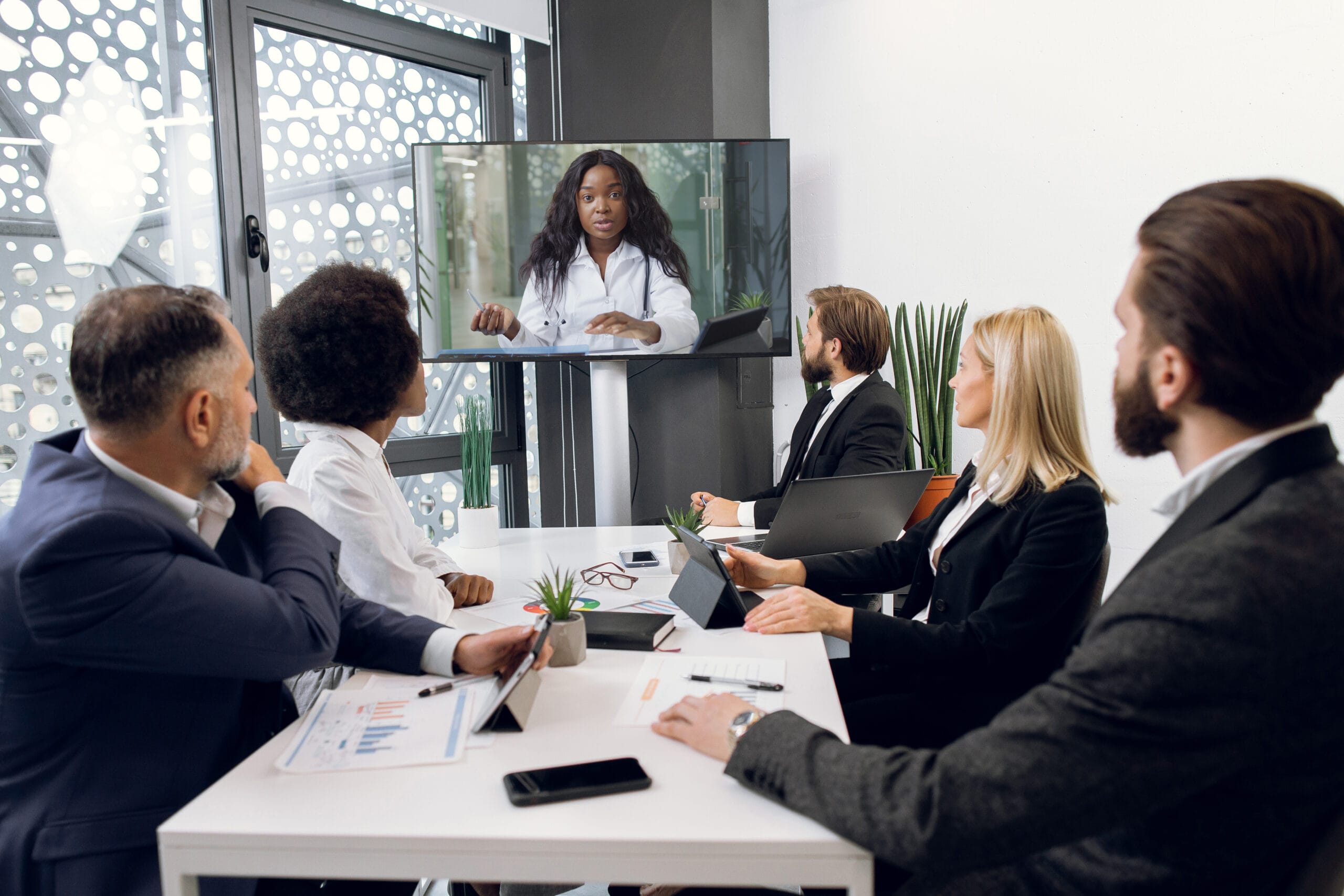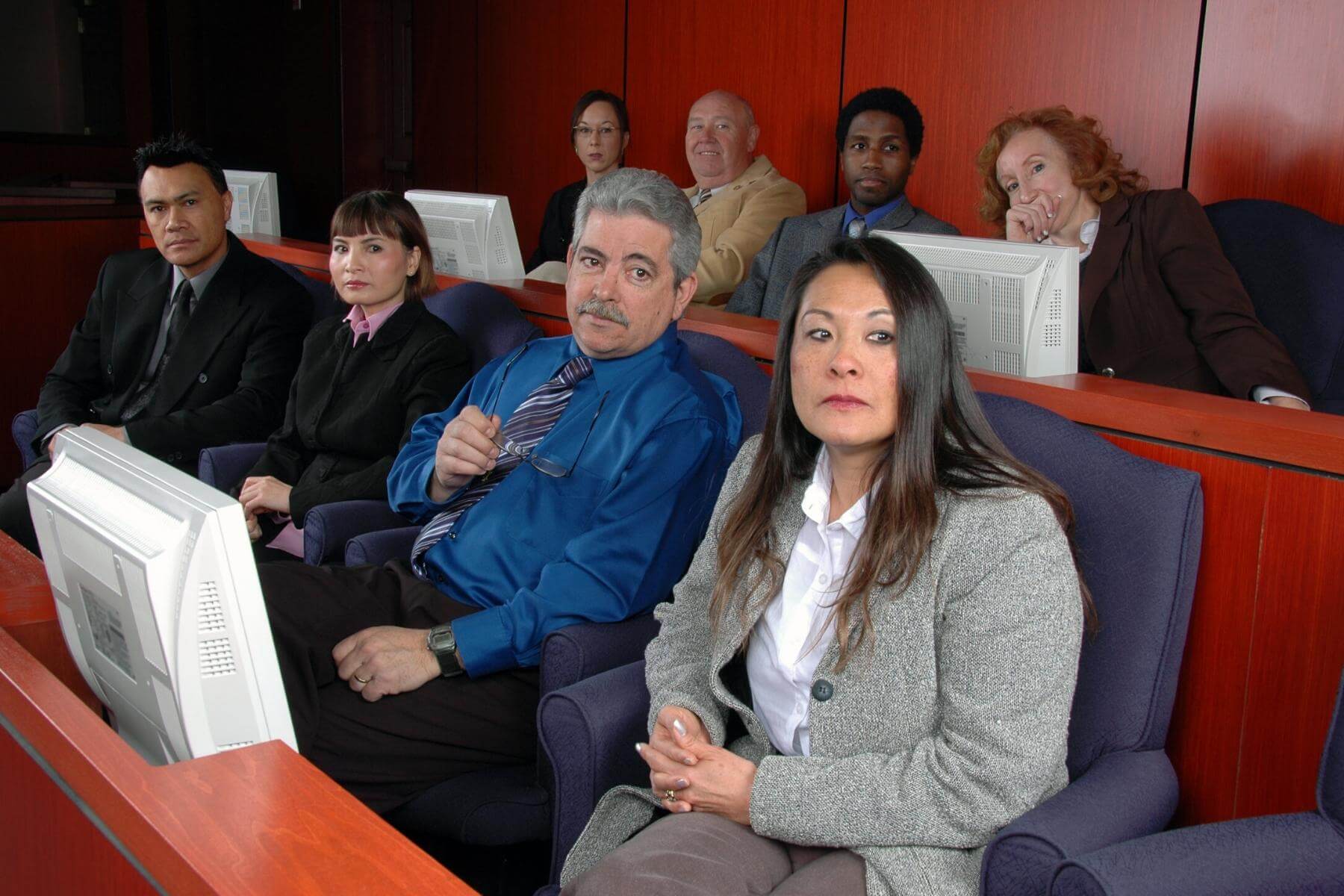Discover the Importance of Trial Presentations for Effective Lawful End Results
In the realm of litigation, the effectiveness of test presentations can often be the definitive variable in protecting positive legal end results. By converting detailed legal debates right into compelling stories, attorneys can boost juror understanding and involvement. In addition, the tactical use visual help and organized narration not only help in retention however also forms the jury's perception of the case. As we check out the necessary components of impactful trial presentations, one have to consider exactly how these components link to affect the final verdict. What strategies can genuinely raise a presentation from ordinary to extraordinary?
Understanding Trial Presentations
Recognizing trial presentations is important for legal specialists seeking to effectively communicate their debates and proof to a jury. A test discussion offers as a vital tool in the courtroom, transforming complex legal concepts and situation details into a meaningful narrative that jurors can quickly understand - trial presentations.
Moreover, the framework and delivery of a test presentation can affect juror assumptions and decision-making. Effective discussions make use of a mix of narration, visuals, and persuasive techniques to involve jurors and preserve their attention throughout the trial. This requires meticulous preparation and preparation, as each aspect has to line up with the situation method and objectives.
Additionally, recognizing the emotional elements of juror habits is essential in crafting a successful trial presentation. Lawyers need to consider how jurors translate info, reply to emotional allures, and kind prejudices. By dealing with these factors, lawyers can produce presentations that reverberate with jurors, inevitably aiding in the quest of justice.
Crucial Element of Reliable Presentations
Successful test presentations hinge on a number of essential aspects that jointly boost their effectiveness. Clearness is important; legal arguments need to be verbalized in an uncomplicated fashion, staying clear of lingo that might confuse the jury. Speakers need to structure their arguments logically, directing the audience through the story in a coherent series.

Visual aids likewise play an important duty in effective presentations. Properly designed slides, charts, and graphics can assist boil down complex details and strengthen vital factors, making them extra memorable. Furthermore, making use of storytelling methods can engage the court psychologically, creating a connection that transcends plain truths.
Another crucial component is the speaker's delivery style. Self-confidence, enthusiasm, and proper body movement can dramatically influence how the message is gotten. Practicing effective eye get in touch with and singing variation keeps the jury mindful and spent in the presentation.

Effect On Jury Assumption
The impact of trial presentations on court assumption is profound, as the way information is communicated can dramatically influence jurors' analyses and choices. Jurors are entrusted with examining intricate information and making decisions based on proof provided during the trial. Effective discussions that make use of clear visuals, engaging stories, and arranged material can boost jurors' understanding and retention of essential facts.
Additionally, the emotional tone and distribution of the discussion play an important role fit jurors' attitudes. Presentations that resonate psychologically can produce empathy and link, persuading jurors toward the lawyer's perspective. On the other hand, a poorly structured or excessively technical discussion can result in confusion and disengagement, causing negative perceptions of the case.
Additionally, jurors frequently rely upon non-verbal signs, such as body language and eye get in touch with, which can impact their count on the speaker - trial presentations. Therefore, attorneys need to be really knowledgeable about exactly how their presentation design can either strengthen or undermine their debates. In summary, well-executed trial presentations are necessary for directing court perception and inevitably affecting the result of legal procedures
Techniques for Involving Storytelling
Crafting a compelling story is important for engaging storytelling in the court room. An efficient story should reverberate with jurors on a psychological level while plainly describing the realities of the case. Begin by establishing a solid main theme that envelops the essence of the disagreement. This theme functions as a leading string throughout the discussion, helping jurors make connections and maintain information.
Using character growth is critical; humanizing the celebrations entailed allows jurors to feel sorry for their experiences. Introduce key numbers early, supplying context and history to make them relatable. In addition, employing a clear structure-- starting with an engaging introduction, followed by an efficient body, and concluding with a powerful this contact form resolution-- guarantees the narrative flows rationally and preserves juror passion.
Integrating dazzling images and descriptive language can further boost the tale, creating psychological images that make the realities a lot more memorable. The use of rhetorical inquiries can prompt idea and reflection, triggering jurors to actively involve with the story. By using these approaches, attorneys can create narratives that reverberate deeply, their website ultimately influencing the jury's decision-making procedure.
Enhancing Proof With Aesthetic Aids
While providing proof in a trial, the combination of visual help can substantially enhance understanding and retention amongst jurors. Visual aids, such as charts, charts, photos, and videos, offer to make clear intricate information and create an extra engaging story. By highlighting key factors, these tools aid jurors to draw links in between proof and the case's overarching themes.
Moreover, aesthetic help can streamline complex information that might otherwise bewilder or confuse the jury. As an example, a timeline can efficiently showcase the sequence of occasions, while a layout can illustrate partnerships or communications in between celebrations associated with the situation. This clearness fosters better understanding and facilitates informed deliberation.
The strategic usage of aesthetic help also take advantage of the aesthetic knowing preferences of many jurors, making the presented proof much more relatable and memorable. When jurors can visualize truths, they are most likely to keep crucial info, resulting in better-informed verdicts.
Ultimately, efficient test discussions that integrate aesthetic help not just strengthen the instance yet likewise empower jurors to engage actively in the judicial process, assisting in more fair lawful outcomes. In summary, improving proof with visual aids is an essential approach for effective test discussions.

Verdict
In recap, test discussions serve an important function in the lawful process official website by converting complicated lawful arguments into relatable narratives for juries. Reliable presentations, identified by organized storytelling and visual aids, significantly enhance juror understanding and retention of information. By affecting jury assumption, well-crafted presentations inevitably add to more beneficial legal end results. The strategic use of these techniques emphasizes the relevance of test discussions in the pursuit of justice and effective advocacy within the courtroom.